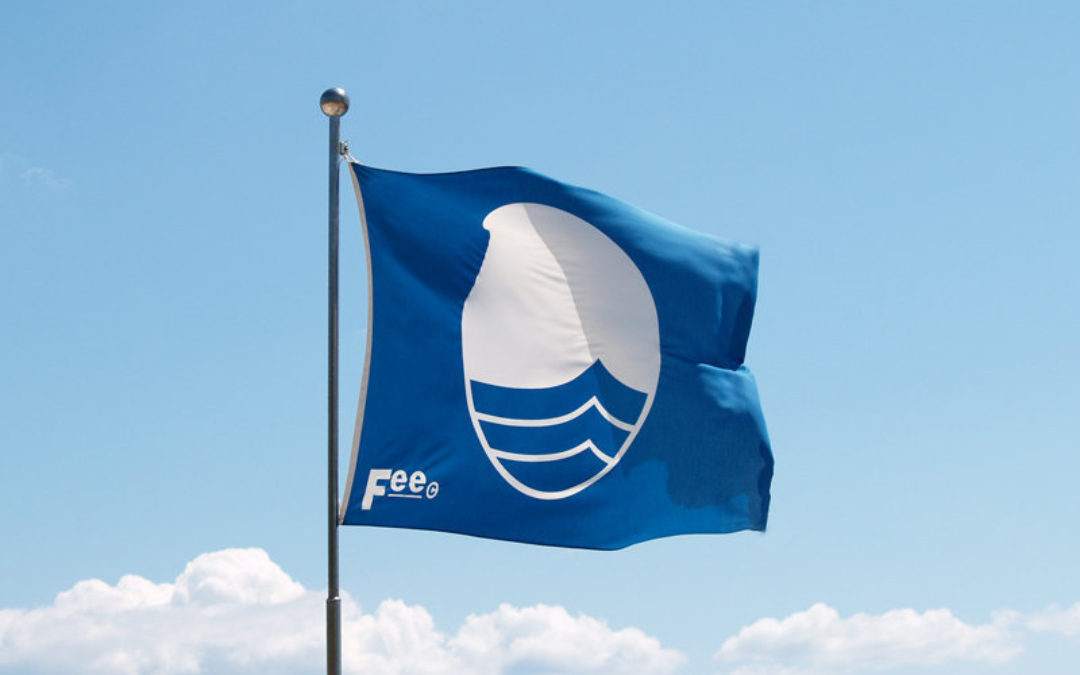A journey through the waves
Fano's seafaring soul can be felt every day between the harbor and the beach, among the fishermen's nets and ancient fishing traditions.

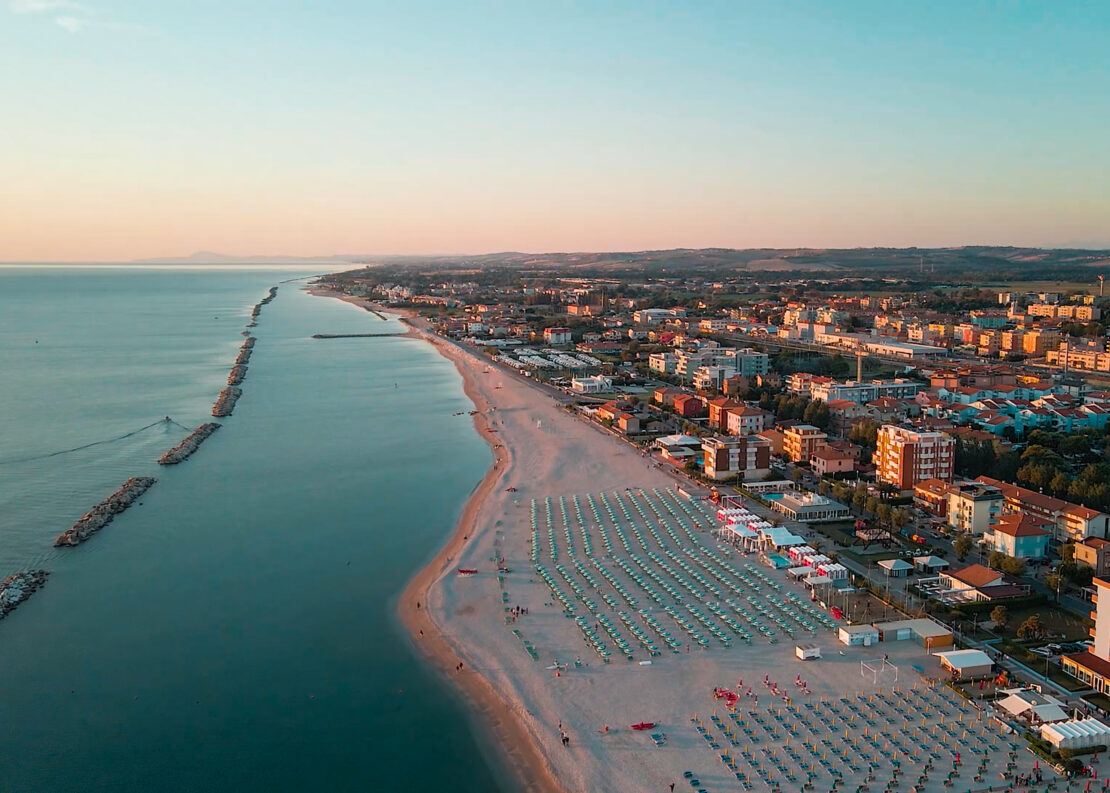
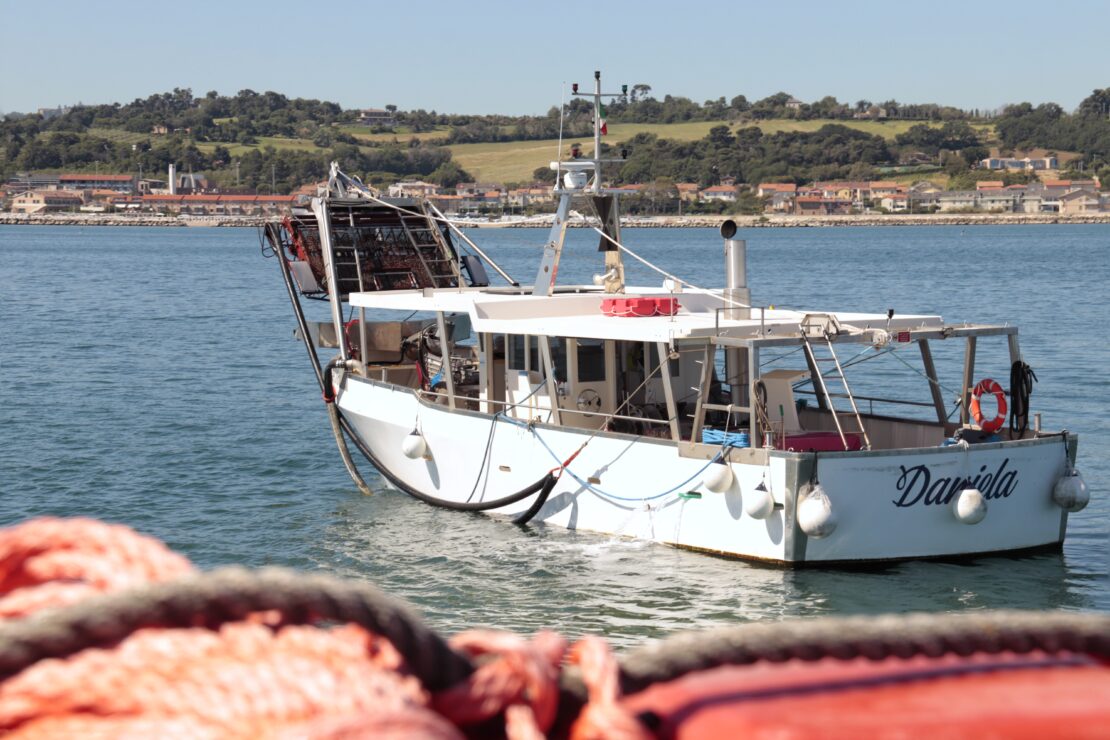
MARINA DEI CESARI AND LISIPPO PROMENADE
Marina dei Cesari is the name of Fano’s marina, a name that pays tribute to the strong presence of Roman vestiges of the historic Fanum Fortunae. Overlooking the sea and a stone’s throw from the historic center, the Marina dei Cesari is a perfect place for a stroll among boats, brackish wind and picturesque views. The Marina hosts more than 400 berths and has been awarded the Blue Flag since 2008, a symbol of quality and respect for the marine ecosystem. A daily destination for visitors who want to enjoy the view of super yachts moored at the dock or walk along the Lysippus promenade.
Over a kilometer long, the Lysippus promenade winds along Fano’s breakwater, providing spectacular views of the open sea and the city’s harbor. In any season, it is the perfect place to admire unforgettable sunrises and sunsets. Closing it off is the “Athlete Crowning Himself,” a bronze copy of the work attributed to the Greek Lysippus: an elegant and photographed symbol suspended between sky and sea.



THE FISH MARKET
The city of Fano, since Roman times, immediately felt the need for a port because of its geographical location. As early as the 12th century, Venice had relations with the port of Fano. Port that was remade in 1616, under Pope Paul V Borghese (Darsena Borghese), and expanded in the 19th century. Thanks to this intervention, the subdivision of the port area into three different functional areas dedicated to fishing, shipbuilding and recreational activities was implemented.
The wholesale fish market, starting in 1912, was placed in a warehouse in the Liscia area. He later moved to the Sailor’s House on Francesco Castracane Street near the Port-Channel and in 1931 to the lodges of the Borghese Dock, near the Albani Canal outlet.
Even this location gradually proved insufficient, so that a special building had to be constructed along Adriatic Avenue (viale Adriatico), which opened in May 1939.
Municipal Wholesale Fisheries Production Market
Currently the building still performs its functions and auctions for wholesale sales are held there.
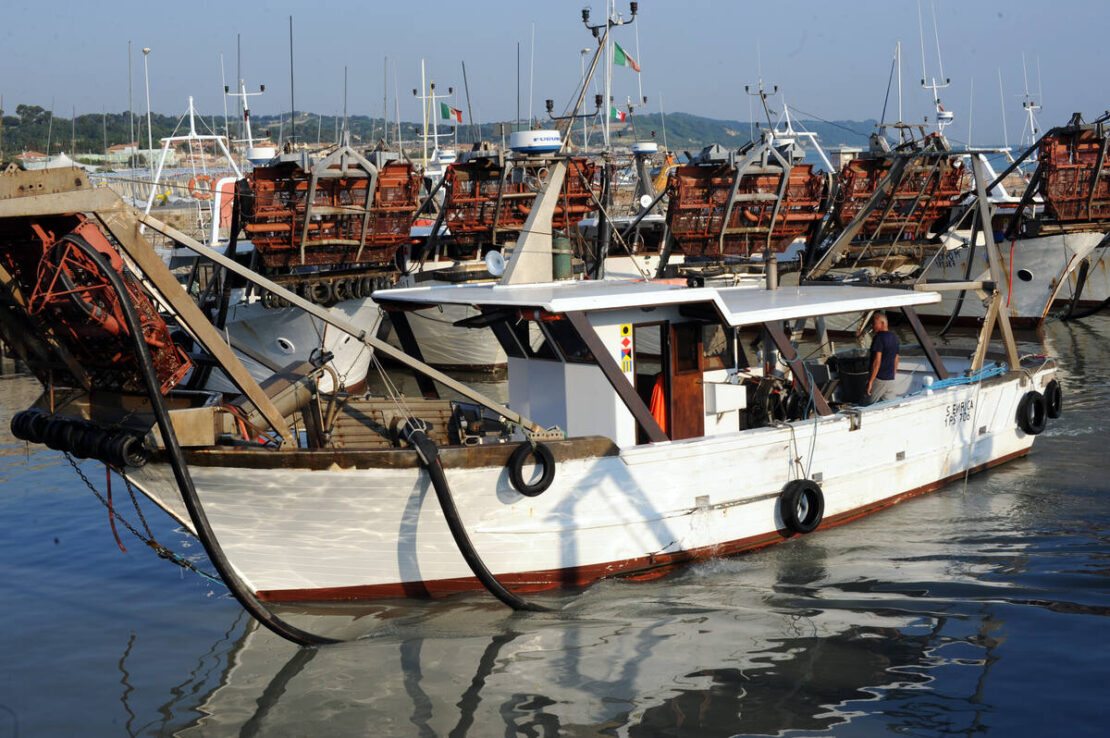

THE “QUADRI”
Trabucchi are maritime constructions that belong to the vast sampling of popular architecture in the Marche region. They are investigated from Gabicce Mare to San Benedetto del Tronto.
Whether you call them, depending on the local idioms, “bílancion”, “quadri”, “lugerne”, “pésche” or “trabucchi”, these curious fishing platform resembling stilts feature a wooden hut on the platform surrounded by a framework of tie-rods and supports, with catwalks projecting over the water and rocks.
Made with salvaged materials, with wooden poles and planks, cables and iron pipes more or less corroded by water and saltiness, they constitute a concentration of skillful technique, passed exclusively through the sieve of experience.
Although subjected to winter weather and the scorching rays of the summer sun, slapped by storm surges and bora, they are the ideal habitat for those who, out of necessity or passion, fish with giant square nets.


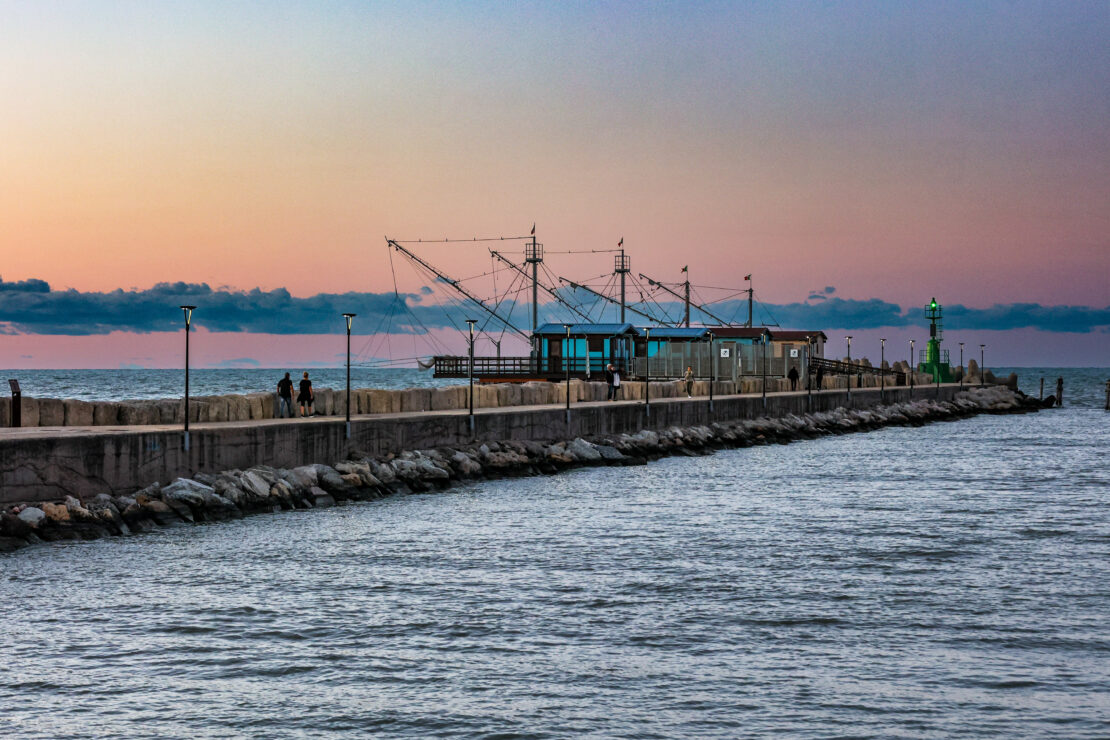
EL GUGUL: THE FISHING DISTRICT
In the distant memory associated with fishing and the port, the memory of El Gugul (or cogollo), a net-trap that gives its name to a neighborhood of narrow alleys and small houses overlooking the harbor, where time seems to stand still, has remained alive. El Gugùl is the authentic heart of seafaring Fano, inhabited by generations of fishermen: a living place of nets stretched out in the sun and stories of the sea.
The cougar (gugullo) was a funnel-shaped net ending in a dead-end bag, which barred shallow water near the shore forcing fish into a series of successive net chambers.
In November-December they were used to catch eels, which were deposited alive in burchi, a kind of boat with perforated sides submerged in the water, waiting to be sold at Christmas. This type of net could be found at the Lido, but also in front of the mouths of the Arzilla and Metauro rivers.
The El Gugul area is located on Vincenzo Franceschini Street, on a more hidden street than the Lido’s promenade and vitality, and takes its name from its shape, which, like the net, is funnel-shaped. Today, the small fishermen’s houses have been restored and the street is characterized by an explosion of vibrant colors and decorations with images and objects related to maritime history and tradition covering the facades of the houses. Walking along this street you may also come across peculiar names: these are the names of old boats.
But what one breathes in this place is the feeling of conviviality and community that characterized it. In fact, some residents tell us that it was very usual for families to have long tables where they ate rustita (a typical dish of Fanese gastronomy that is prepared with roasted fish breaded in breadcrumbs) made with the daily catch, in a jovial and cheerful atmosphere. The recollection continues with many stories of “joyful diatribes” among the various fishermen characterized always by an amused spirit. Among these we would like to tell you one: that of the ace of clubs.
” The fisherman Andreano had the sail of his fishing boat decorated with an ace of sticks, a symbol of virility, masculinity and strength, in response to this “affront” Mario, who certainly felt no less, had as many as three planks of sticks sewn into his sail, in a wind race for who was the strongest. To reiterate this concept even more, even in the entrances of the houses of the two fishermen there were painted the ace or the three aces of sticks. Because whether at sea or on land it was important to remember who was the strongest!”
The sense of community and mutual help were the feelings in ElGugul, an area where everyone knew each other, although things have changed today the local residents keep this perception alive by giving us back an authentic, unique and colorful Fano street.
Did you know that the influence of the Gugul is so strong that there is even a saying in Fano? “So’ fnit in un gugul” to indicate having ended up in a difficult way out.

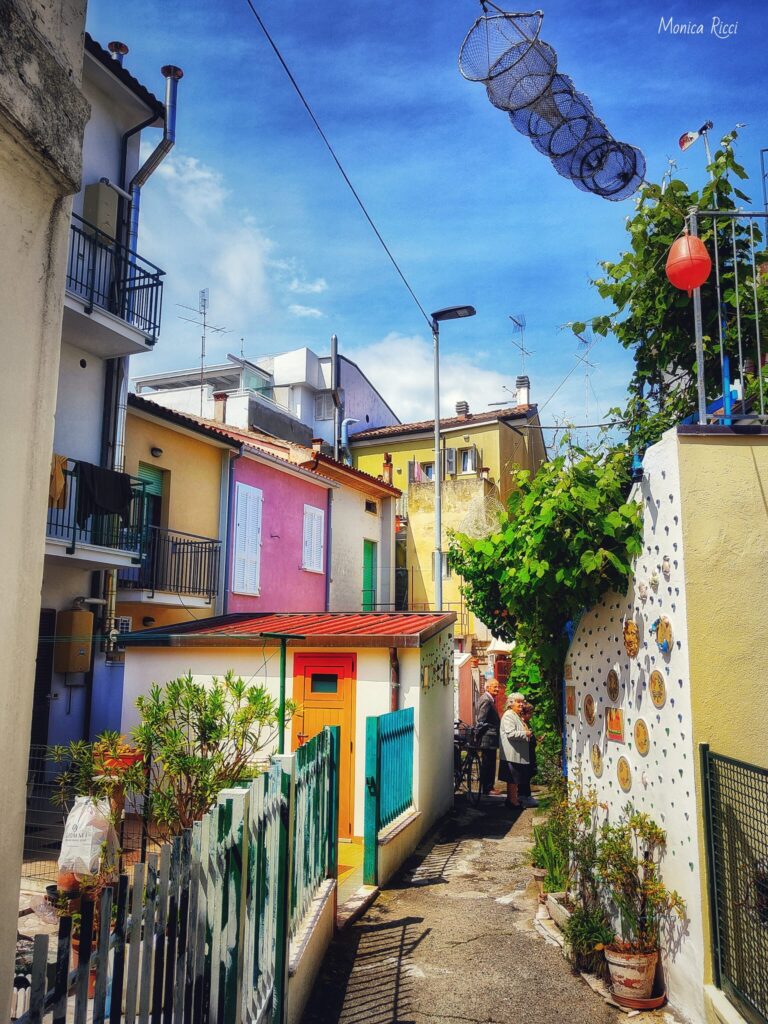

THE SQUERO AND THE SHIPYARDS
The Squero is one of the most authentic places in Fano, where you can breathe in the true maritime soul. Among the garaging of old fishing boats, one can see state-of-the-art catamarans ready for launching. This simple space tells of an ancient craft and cutting-edge technology living together on the shores of the harbor.

SASSONIA AND LIDO WATERFRONT
Fano’s beaches unfold along a long coastal strip from Pesaro to Ponte Sasso. The shoreline to the north is protected by hills covered with Mediterranean scrub that color the sea below with green. Opposite the city, two beaches, divided by the harbor piers, have different characteristics. To the west, the Lido offers a carpet of fine, golden sand.
To the east, the “Sassonia,” with round, polished pebbles, has protected spaces for children to play with plenty of sand and welcoming gardens.
In addition, a quiet and totally relaxing vacation can be experienced at the seaside resort of Torrette, on the coast immediately south of Fano, which offers a fine sandy beach, hotels, campgrounds and restaurants that overlook the sea.
Another significant award that Fano can boast of is the positive recognition by Legambiente and the historic Goletta Verde (Green schooner), which monitors the Italian sea every have, in relation to the good state of preservation of the marine and coastal environment, as well as the quality of receptive services.
There are also two dog and family-friendly beaches in the area with free access to the sea, and dogs can stay under the umbrella and relax!
More information of the establishments can be found at the relevant sites:
In addition, Fano is awarded the Blue Flag, a prestigious award that attests to the quality of life and the ecosystem-first and foremost the purity of the water-but also to the cleanliness of the coastline, the level of urban services, and sensitivity and respect for the landscape and cultural heritage.
Children at the seaside
After the Blue Flag, Fano was awarded the Green Flag, which is given annually by Italian pediatricians to those locations considered suitable for families and children. Fano, City of Children, has traditionally seen the development of a predominantly family-oriented tourism that over the years has been enriched with numerous services dedicated specifically to families and especially their children.
